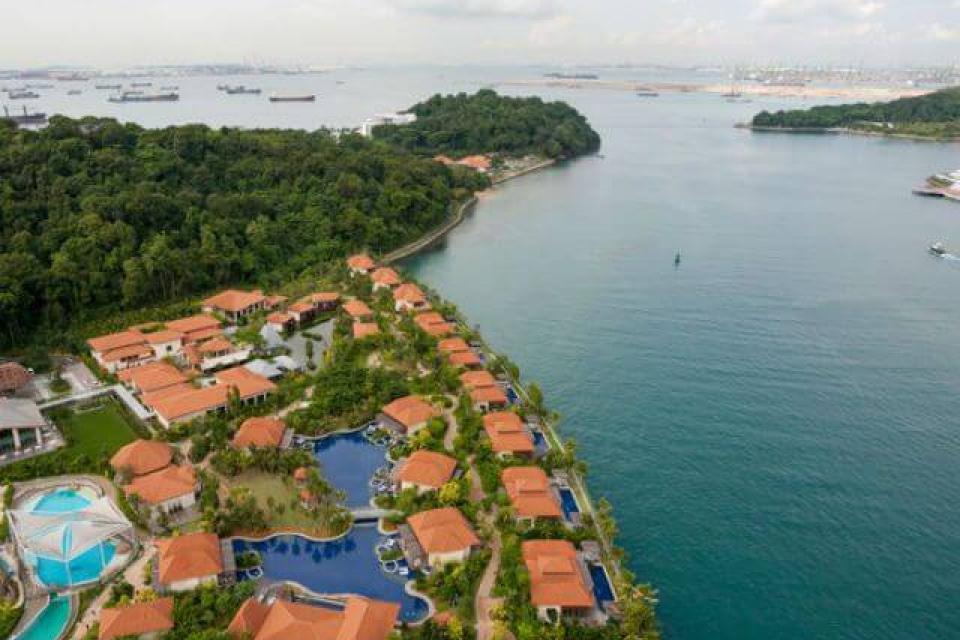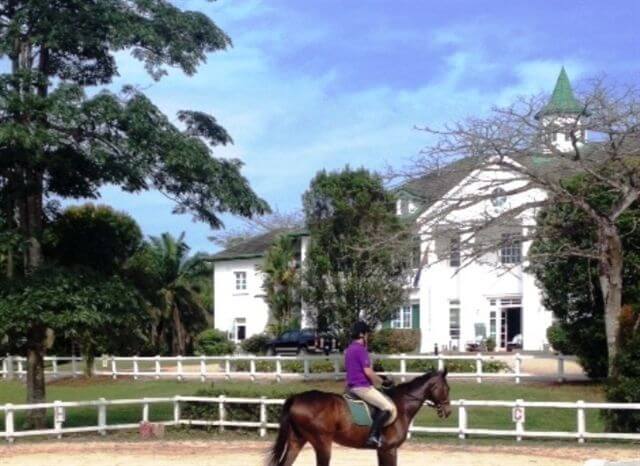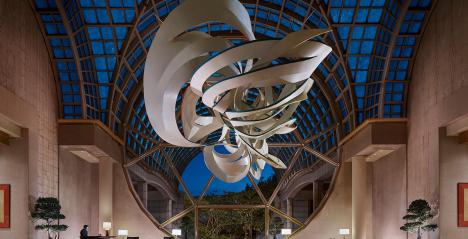Although it’s not the largest destination, choosing an area or suburb in Singapore to call home can nonetheless be a daunting task, and the best neighbourhood for one person may not be ideal for another.
An expat's decision on where to live will depend on their lifestyle priorities, family situation, the location of their workplace and personal preferences.
The city-state is divided into 28 districts which can be grouped into five main areas: North, South, Central, East and West.
Areas and suburbs in Singapore
The City
The city, including the main business district, is at the island's southern point. This is Singapore's commercial hub and is ideal for businesspeople who enjoy the bustle and easy access to primary amenities like shopping, entertainment and restaurants along Clarke Quay, Marina Bay and Robertson Quay.
Housing is predominantly found in high-rise condos and apartments, some of which are serviced or fully furnished, that tend to come with shared amenities, like pools and gyms. Pricing varies from reasonable to very upmarket, but this is generally considered to be the most expensive area in Singapore.
Pros: The city affords a cosmopolitan lifestyle, and great access to almost everything. Getting around is easy with taxis and shuttle buses.
Cons: Housing is more costly than accommodation found outside the hub. The lack of greenery and the high noise levels from traffic and on-going construction can also have an impact on general living conditions – construction carries on late into the night, including on Sundays.
Central
The central area is just north of the city centre and includes the districts of Serangoon, Bishan, Ang Mo Kio and Thomson. It's popular with expats because residents can easily access the city via the main highways and plenty of MRT entry points – a trip to the city using the MRT takes about 30 minutes.
Furthermore, the Australian school is located in Serangoon, making the area ideal for families.
Housing choices range from HDB flats to apartment clusters, landed houses and bungalows. There are large-scale, older residential estates in Ang Mo Kio, and more upmarket modern estates in Bishan and Thomson. Housing is costlier in these districts.
The area is green with lots of trees, and much quieter than city districts. The population is fairly diverse and excellent parks, restaurants and shopping facilities abound.
Pros: Lots of green areas, while fairly close to the city. The area has excellent shopping venues and local food markets.
Cons: Public transport and roads are very busy during peak hours.
The North
Districts 25 to 28 – Woodgrove, Woodlands, Sembawang and Seletar – are home to many American expat families due to the presence of the Singapore American School.
The area is considered far from the city but in truth is only about 12 miles (18km) away and is connected by the CTE highway. One can actually see Malaysia from the Woodlands district and there is a causeway bridge that connects the two countries.
The area is lush with greenery and features golf courses, plant nurseries and reservoirs.
Pros: A very green area with estate-type living conditions, and the Woodlands area hosts the largest international school. The area is very self-sufficient and has several shopping facilities that specifically cater to expat needs.
Cons: The area is relatively far from the city, and transport can be challenging due to traffic.
The East
The eastern area of the island includes the districts of Marine Parade, Bedok, Psir Ris, Tampines and Changi.
The Changi International Airport is situated here, and its neighbourhoods claim a character that marries old and new. Both HDB flats and landed properties are available. The streets are narrow and lined with angsana and palm trees, and the coast-hugging Marine Parade and East Coast Park are ideal for weekend picnics.
The area has a diverse population but many residents work in airline-related industries. There is excellent access to amenities, restaurants, schools and shops.
Pros: Not far from the city. Residents have a coastal lifestyle, with beach facilities and many parks. Condominiums are larger and less expensive than in the city, and retain a sense of community.
Cons: Having a car is a definite advantage, as access to public transport is not as good as in other areas.
The West
The western area comprises districts 21 to 24, and includes Bukit Batok, Clementi, Jurong, Upper Bukit Timah and Tuas. The neighbourhoods in this greater space vary widely but are generally densely populated and have excellent amenities.
The Bukit Timah district is centred on education, and is made up of renowned institutions, lush suburban shopping facilities and rich foliage. On the other hand, Jurong claims large industrial and residential areas, landscape parks and a golf course.
The world famous Singapore Zoo and Jurong Bird Park are also located here – lush greenery is in no short supply, with a few farms situated in Lim Chu Kang.
Pros: Rentals are more affordable and this is a great area for families, with home-style properties and gardens.
Cons: The rentals around the docks can be noisy.














